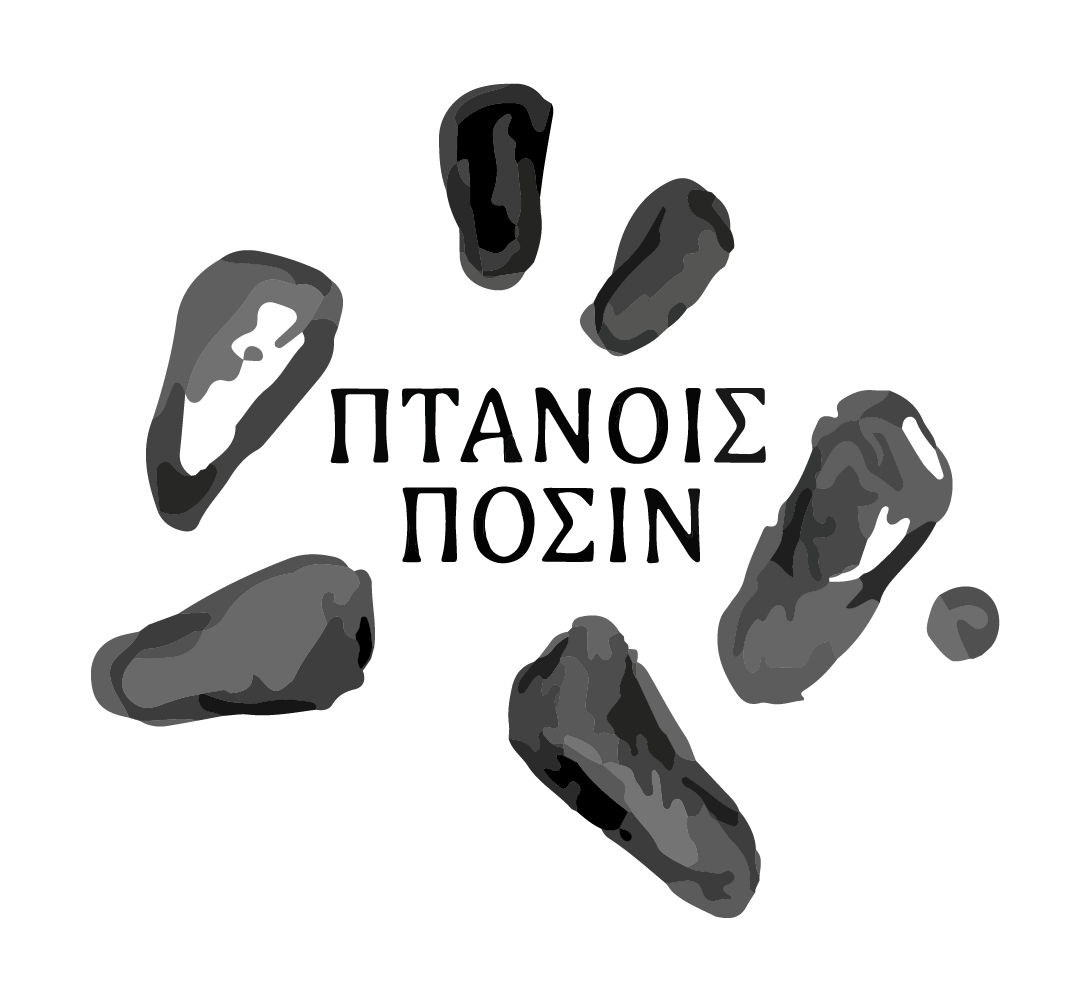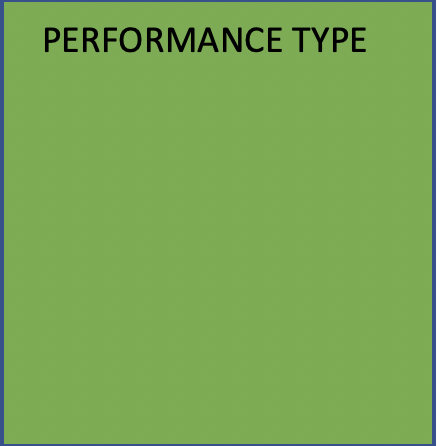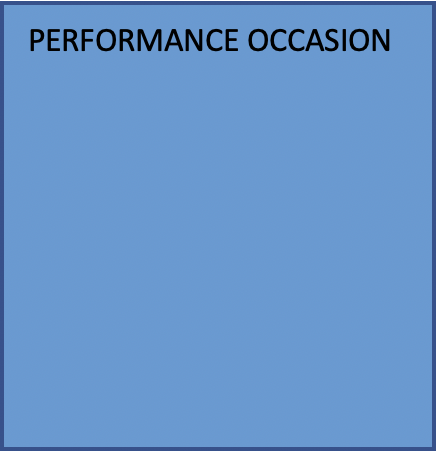FD III 4, 361
Menalkes of Athens, the son of Speuson: κιθαρῳδός
Date:
259/258 or 255/254 BC
Edition:
ἐπὶ Ἐμμενίδα ἄρχοντο[ς ἐν] Δ̣ελφοῖς, ἱερομνη-
μονούντων Αἰτωλῶν Εὐπολέμ̣[ου, Σιν]νέα, Εὐρυδάμ-
[ου, Ἀριστίπ]που, Ἀλέξω̣[νος], Εὐμη[λίδα, Δ]ίωνο[ς],
[Νι]κάνδρου· Δελφῶν Κλευδάμου, Αἰσχριώνδα· Ἱστιαι-
5 έων Ἀντιφῶντος· ἐπειδὴ Μενάλκης ὁ κιθαρωιδὸς
παραγενόμενος εἰς Δελφοὺς εἰς τὰ Σωτήρια
τόν τε ἄλλον ἀγῶνα καλῶς καὶ φιλοτίμως ἠγωνί–
σατο καὶ προσεπέδωκε τῶι θεῶι καὶ τοῖς Ἀμφικ[τύ]-
οσι τὸν ἀγῶνα [[ – – 11-12 – – ]] ἀγαθῆι τύχηι· δε[δό]-
10 χθαι τοῖς ἱερομνήμοσι· ἐπαινέσαι τε Μενάλκη Σ̣[πεύ]-
σωνος Ἀθηναῖον ἀρετῆς ἕνεκεν καὶ εὐνοία[ς τῆς πρὸς]
τὸν θεὸν καὶ τοὺς Ἀμφικτύονας καὶ στεφα[νῶσαι αὐ]
[τὸ]ν δάφνης στεφάνωι τῆς παρὰ τοῦ θ[εοῦ καὶ ἀνα]
[κη]ρῦξαι τὸν στ[έ]φανον τοῖς Σ[ωτηρίοις – – – ]
Translations (en):
“When Emmenidas was archon in Delphi and when the hieromnemones among the Aetolians were Euptolemos, Sinneas, Eurydamos, Diokles, Aristippos, Alexon, Eumelidas, Dion, Nikandros; among the Delphians Kleudamos, Aischriondas; among the Histiaeans Antiphon: since the κιθαρῳδός Menalkes, coming to Delphi for the Soteria took part also in the other ἀγών finely and eagerly and dedicated to the god and the Amphictyons especially the ἀγών … to good fortune, it has been resolved by the hieromnemones to praise Menalkes of Athens, the son of Speuson, on account of his virtue and his goodwill towards the god and the Amphictyons and to crown him with a wreath of laurel proper of the god; and his crown shall be publicly announced at the Soteria . . .”
Translations (it):
“Sotto l’arcontato di Emmenidas a Delfi, essendo ieromnemoni tra gli Etoli Euptolemos, Sinneas, Eurydamos, Diokles, Aristippos, Alexon, Eumelidas, Dion, Nikandros, tra i Delfi Kleudamos, Aischriondas, tra gli Istiaei Antiphon: poiché il citarodo Menalkes è giunto a Delfi per i Soteria, ha dato prova di sé anche nell’altra rassegna (?) con onore e ardore e ha dedicato maggiormente al dio e agli Anfizioni la rassegna (?) …, alla buona fortuna, è sembrato bene agli ieromnemoni di lodare Menalkes ateniese figlio di Speuson per il valore e la dedizione verso il dio e gli Anfizioni e di coronarlo con una corona di alloro, quello presso il dio e di proclamare pubblicamente la corona ai Soteria …”
Commentary (en):
In the mid-third century BC, the κιθαρῳδός Menalkes from Athens was one of several artists performing along the loci Apollinei route (Delos-Delphi).
If the restoration of the patronymic is right, we find him in the same period in Delos receiving the proxeny for unknown reasons (IG XI 4, 575). He was granted by Delphi praise and laurel crown for performing at the Amphictyonic Soteria and also for taking part in an ἄλλος ἀγών, which he dedicated to the god and to the Amphictyons (FD III 4 361). The two artistic appointments of this Athenian κιθαρῳδός attested in the Delphian decree seem to be confirmed by the catalogue of the Soteria of the same year:
Nachtergael 1977: 416–419 n8, ll. 35 (performance in the χοροὶ ἀνδρῶν); l. 82 (hors-concours performance together with the αὐλητής Boiskos).
The supplementary piece performed once the competition was over, within the rest (ἄλλος) of the ἀγών could be interpreted as a performance delivered without other competitors in the same specialty, yet still with the spirit of competition (ἀγωνίζομαι). The Delphian decree of this multi-talented artist seems to be the earlier testimony of a formula indicating a hors-concours occasion of demonstrations with spirit od competition which became a common practice in Delphi between the middle-of-the-second and the first decades of the first centuries BC.
Commentary (it):
A metà del III secolo a.C., il κιθαρῳδός Menalkes di Atene fu uno dei vari artisti che si esibirono lungo l’itinerario dei loci Apollinei (Delo-Delfi).
Se la restituzione del patronimico è corretta, egli ricevette la prossenia a Delo per ragioni ignote. La città di Delfi gli tributò la lode e la corona d’alloro per essersi esibito ai Soteria Anfizionici e per aver preso parte ad un ἄλλος ἀγών, che dedicò al dio e agli Anfizioni. I due riconoscimenti artistici di questo κιθαρῳδός ateniese attestati nel decreto delfico sembrano confermati dal catalogo dei Soteria dello stesso anno: esibizione nei χοροὶ ἀνδρῶν; esibizione fuori concorso insieme all’αὐλητής Boiskos. La pièce supplementare offerta a competizione già terminata, durante un’altra competizione (ἄλλος ἀγών) può essere interpretata come una performance offerta senza altri concorrenti nella stessa specialità,
anche se con spirito di competizione (ἀγωνίζομαι). Il decreto delfico per questo artista eclettico sembra testimoniare per la prima volta una formula che indica un’occasione competitiva fuori concorso, che divenne pratica comune a Delfi tra la metà del secondo secolo a.C. e i primi decenni del primo secolo a.C.
Bibliography:
For a detailed analysis of this artist and the testimonies concerning him and the Delphian practice of performances with spirit of competition, see Cinalli 2014.



